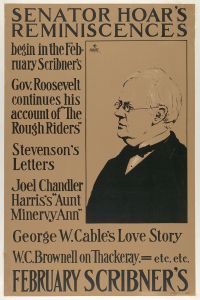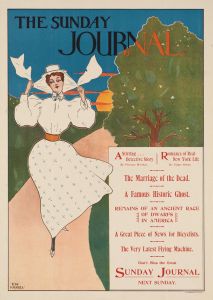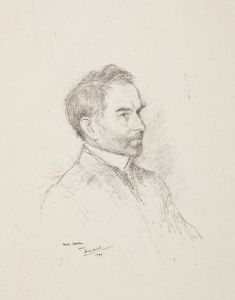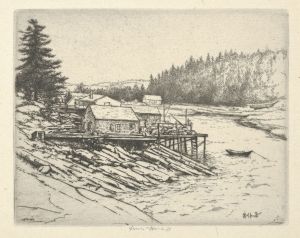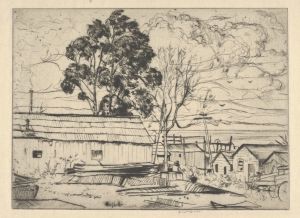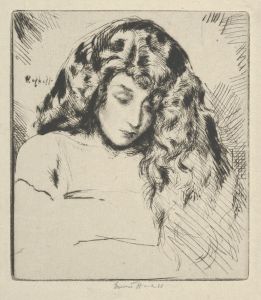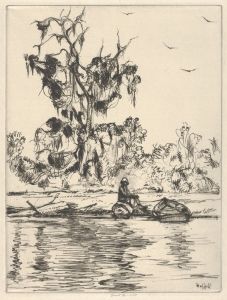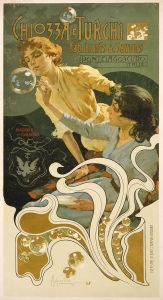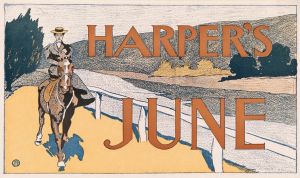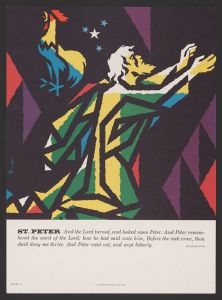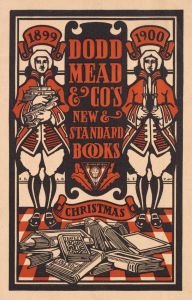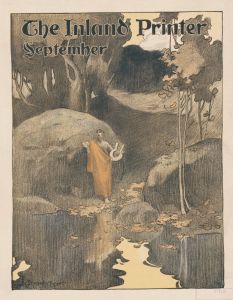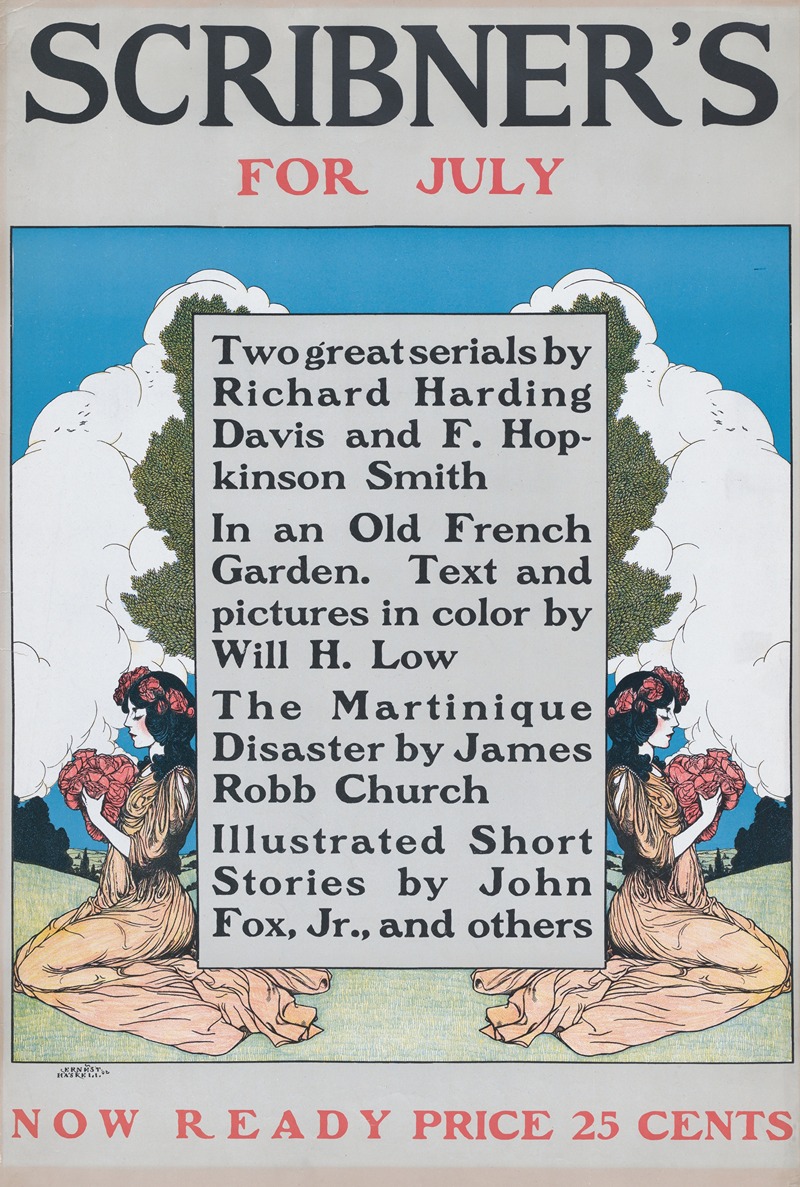
Scribner’s for July
A hand-painted replica of Ernest Haskell’s masterpiece Scribner’s for July, meticulously crafted by professional artists to capture the true essence of the original. Each piece is created with museum-quality canvas and rare mineral pigments, carefully painted by experienced artists with delicate brushstrokes and rich, layered colors to perfectly recreate the texture of the original artwork. Unlike machine-printed reproductions, this hand-painted version brings the painting to life, infused with the artist’s emotions and skill in every stroke. Whether for personal collection or home decoration, it instantly elevates the artistic atmosphere of any space.
Ernest Haskell was an American artist known for his contributions to illustration, printmaking, and painting during the late 19th and early 20th centuries. One of his notable works is the illustration for the July issue of Scribner’s Magazine, a popular publication during that era. Haskell's work for Scribner’s is a reflection of his skill in creating captivating and intricate designs that were well-suited for the magazine's audience.
Scribner’s Magazine, established in 1887, was a significant publication that featured literature, commentary, and illustrations. It was known for its high-quality content and played a crucial role in the cultural landscape of the United States during its time. The magazine often collaborated with prominent artists and writers, providing a platform for creative expression and intellectual discourse.
Ernest Haskell's contribution to the July issue of Scribner’s is an example of his expertise in the field of illustration. Haskell was renowned for his ability to blend fine art techniques with commercial illustration, a skill that made his work stand out in the competitive world of magazine publishing. His illustrations often featured detailed line work and a keen sense of composition, which were hallmarks of his style.
Haskell's work for Scribner’s would have been part of the magazine's effort to engage readers visually as well as intellectually. During this period, illustrations played a vital role in magazines, not only complementing the written content but also serving as standalone pieces of art that could capture the reader's attention. Artists like Haskell were instrumental in elevating the status of illustration within the publishing industry.
While specific details about the content and style of Haskell's illustration for the July issue of Scribner’s are not extensively documented, it is reasonable to assume that his work would have been consistent with the aesthetic standards of the magazine and his own artistic tendencies. Haskell's illustrations were known for their elegance and precision, often featuring elements of nature, portraiture, and intricate patterns.
Ernest Haskell's career extended beyond magazine illustration; he was also a respected printmaker and painter. His work in etching and lithography was particularly admired, and he contributed significantly to the American art scene of his time. Haskell's legacy is preserved in various collections and exhibitions, where his contributions to both commercial and fine art are celebrated.
In summary, Ernest Haskell's illustration for the July issue of Scribner’s Magazine exemplifies his talent and the important role of illustration in early 20th-century publishing. His work continues to be appreciated for its artistic merit and its contribution to the visual culture of the period.





